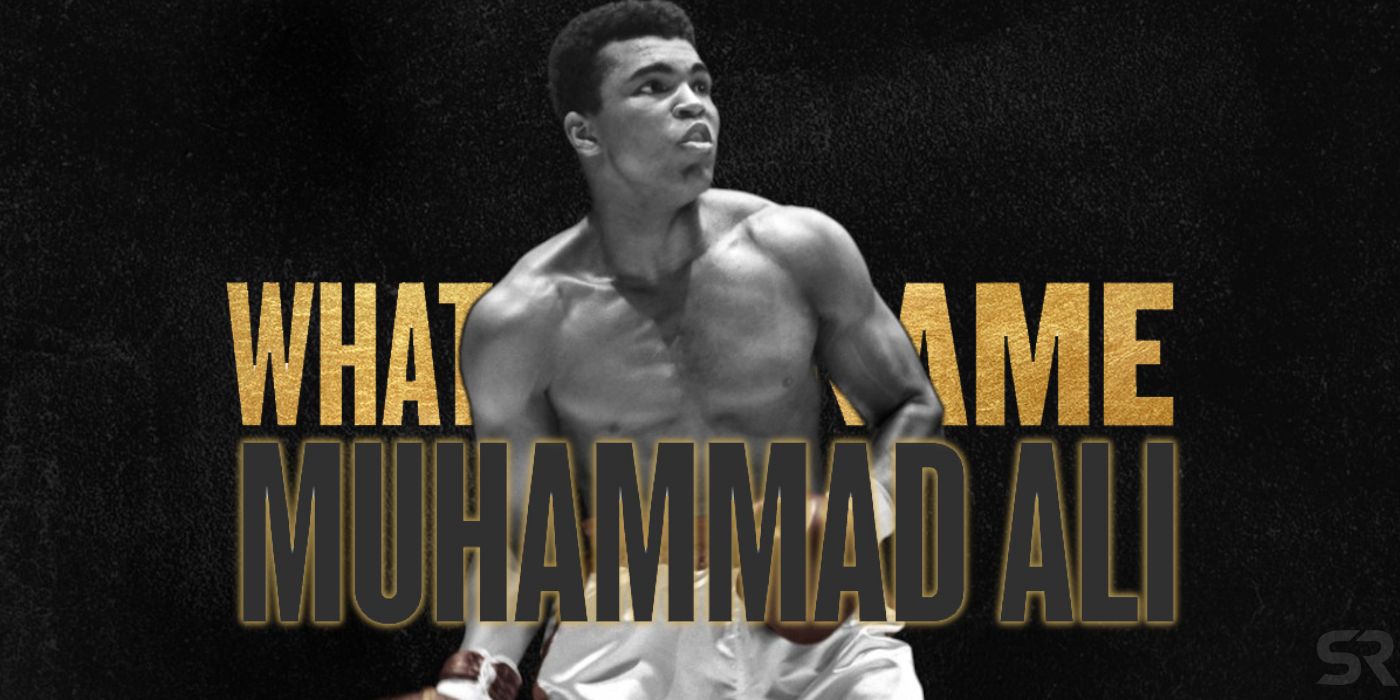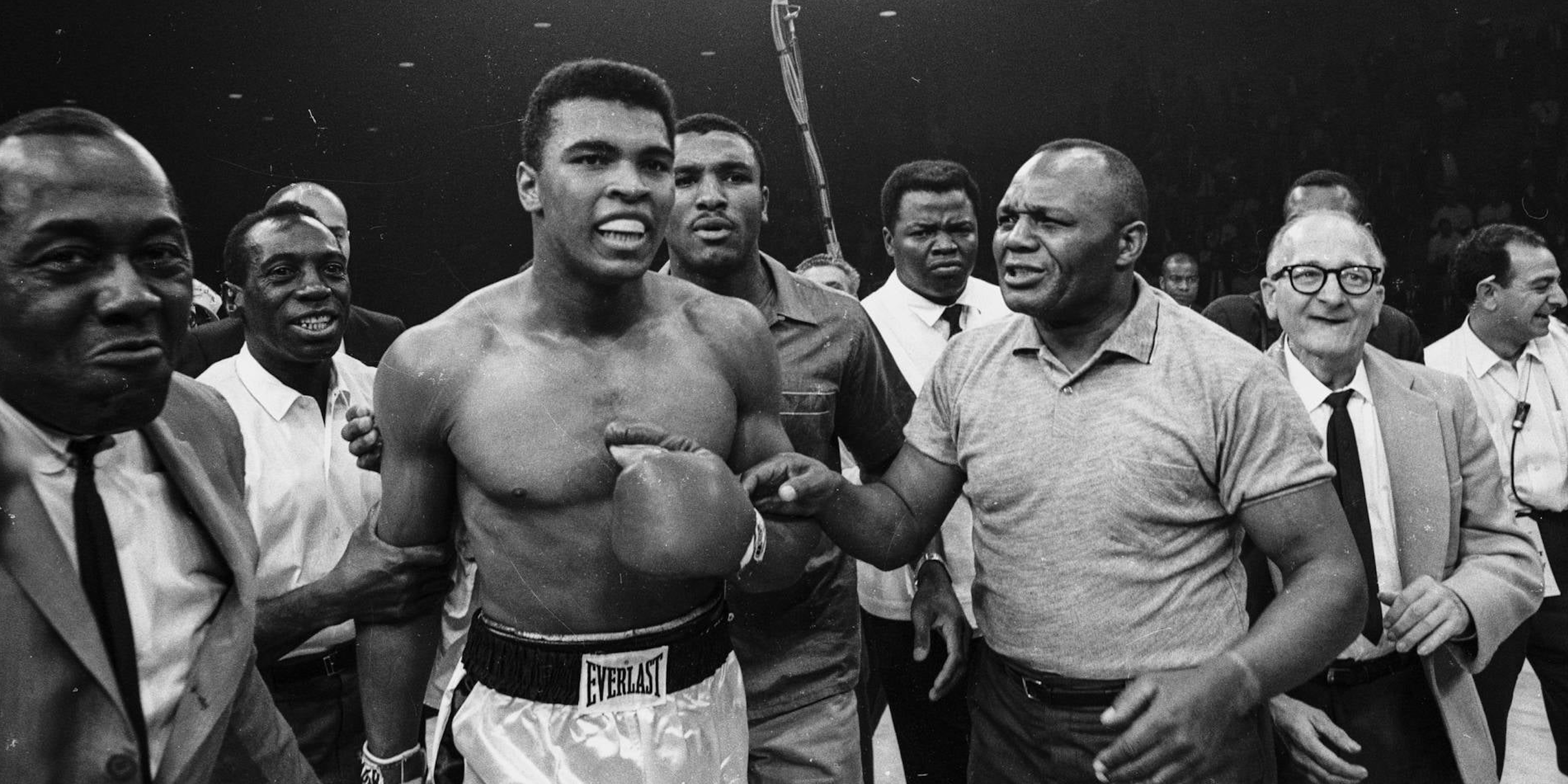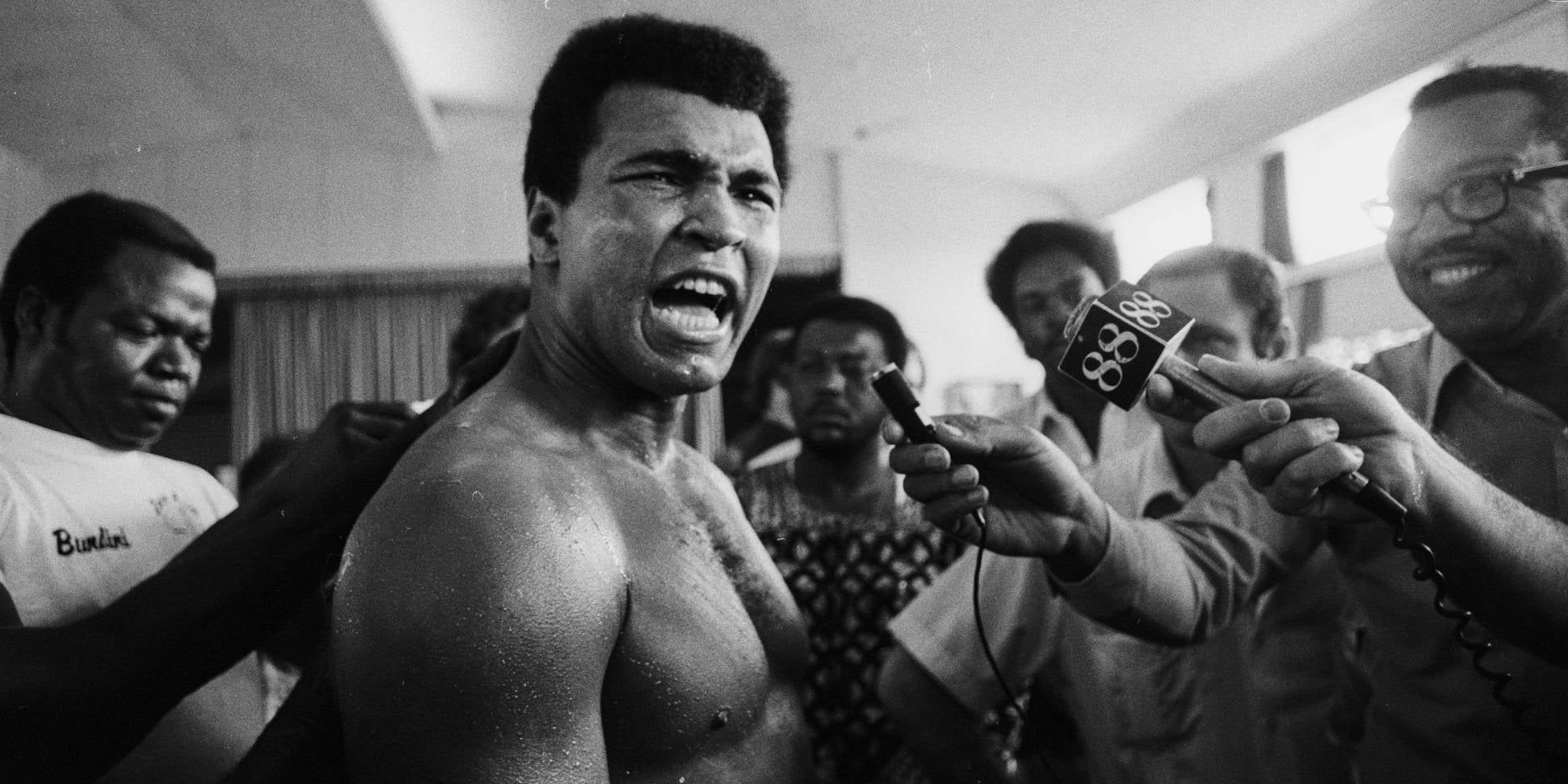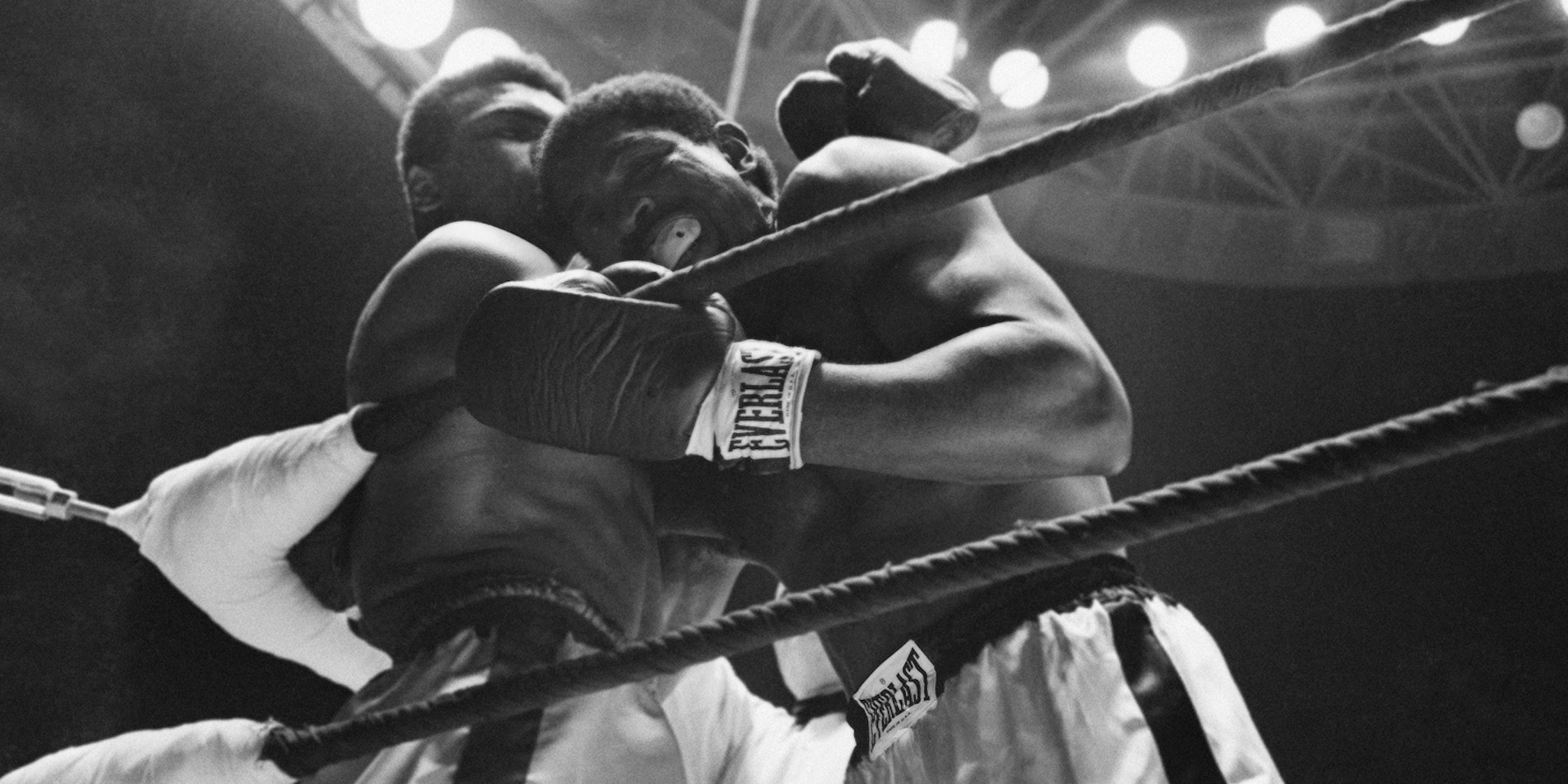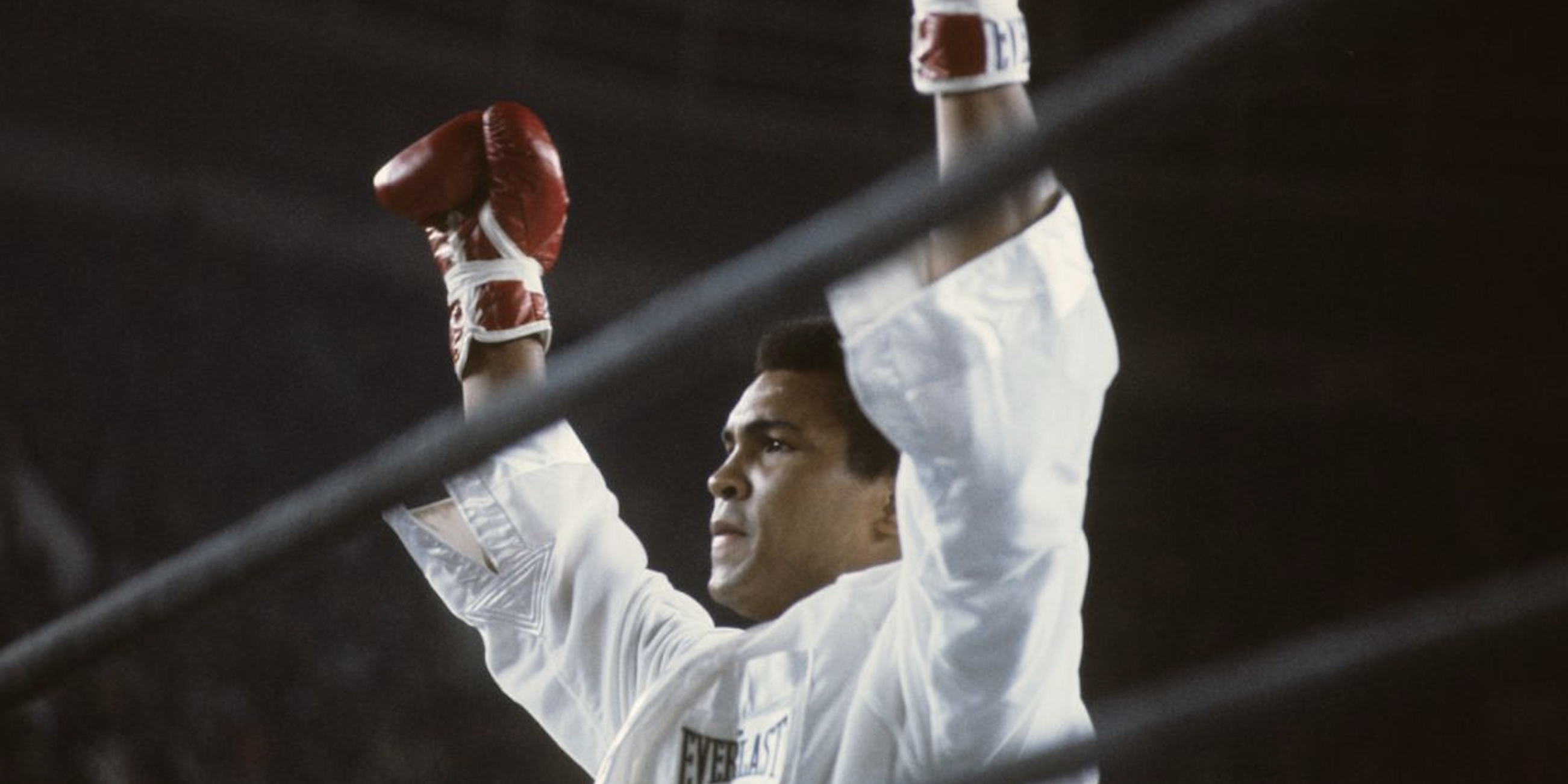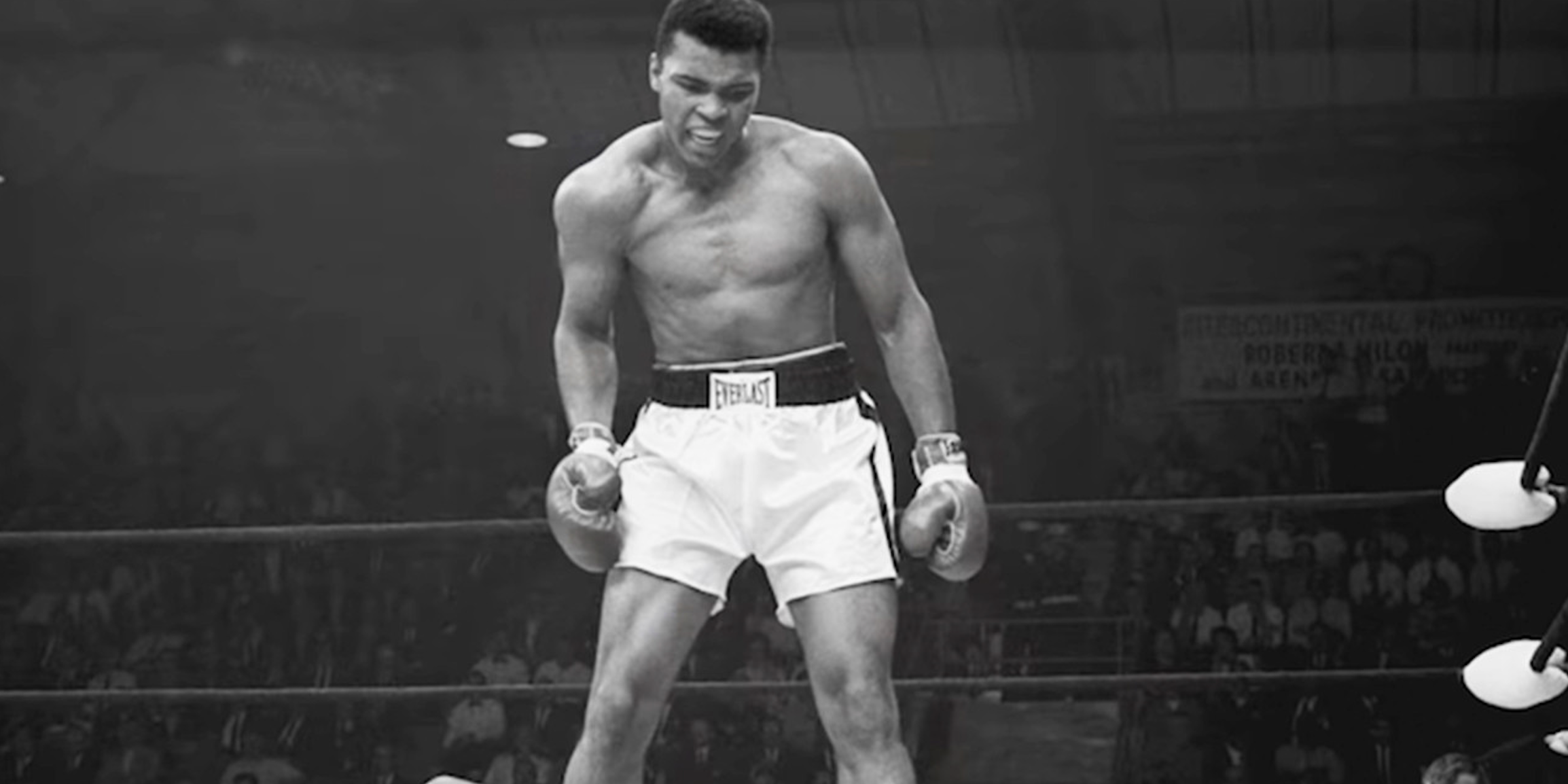HBO’s What's My Name: Muhammad Ali documentary chronicles the life and times of an American icon. It’s the network’s latest biographical documentary after previously releasing The Inventor: Out for Blood in Silicon Valley about Theranos founder Elizabeth Holmes and Leaving Neverland about pop music icon Michael Jackson.
Directed by Antoine Fuqua, What’s My Name explores Ali’s early days in Kentucky and his ultimate transformation into one of the 20th century’s most celebrated athletes. Despite covering the usual territory about Ali’s life, What’s My Name is fundamentally about the boxer’s quest for respect - both inside and outside the ring - along with his global influence and philanthropist legacy.
In 1964, a 22-year-old Cassius Clay officially changed his name to Muhammad Ali after joining the Nation of Islam organization. What’s My Name covers the totality of Ali’s boxing career - here’s how it differs from the typical documentary about the famous American athlete.
Young Ali Boxed On A TV Show Called Tomorrow’s Champions
Most Muhammad Ali documentaries begin with his Gold Medal at the 1960 Summer Olympics in Rome, Italy. That’s an ideal place to start, as Ali was only 18 years old at the time and made his professional debut months later in his native Louisville, Kentucky. But What’s My Name offers some important biographical context about Ali’s formative years in the ring, long before his professional fights set television broadcast records.
As a teenager, Ali met boxing trainer Joe Martin, who had a local show called Tomorrow’s Champions. HBO’s What’s My Name includes footage of the program, via Louisville’s WAVE-TV, which shows Ali boxing as a young man. Martin states that “his first boxing match was on television," and Ali then reveals that he had approximately 45 fights on Tomorrow’s Champions, “every Saturday, six o’clock.” Prior to the 1960 Summer Olympics, Ali won six Golden Gloves titles in Kentucky, along with two national Golden Gloves titles. What’s My Name shows how it all began.
Florida Cubans Named Ali “Big Mouth”
Many casual boxing fans may believe that Ali began trash-talking upon becoming famous. But as What’s My Name points out, he always had a lively personality inside and outside of the ring. The documentary details how a Kentucky man named Bill Faversham watched Ali fight as a teenager, and later signed to him to a contract for $400 per month - “enough so that he could eat.” In addition, Ali earned 50 percent of “the gate” aka ticket sales. This sets up Ali’s business relationship with Angelo Dundee, who was impressed by the boxer’s persistence while seeking a first meeting. Dundee describes Ali as “some sort of a nut,” but took him down to Florida to train. Ali’s bravado came before his worldwide fame.
While training in Miami Beach, Ali’s personality also impressed the locals. Dundee recalls how Cubans gave him the nickname “Boca Grande,” which translates to “Big Mouth.” Ali would apparently mimic the locals' Spanish conversations, but would only speak gibberish as he didn’t know any Spanish. Dundee states that “they dubbed him ‘Big Mouth’ before anyone.”
The Documentary’s Title Comes From Ali’s Match Vs. Ernie Terrell
By 1967, Ali was 27-0 and had officially changed his name. Prior to a fight against Ernie Terrell, the two boxers appeared on television together. Terrell consistently referred to Ali as “Cassius Clay.” In response, Ali referred to Terrell as an “Uncle Tom.” The two briefly scuffled, and What’s My Name notes that many people believed it was a staged event. When the boxers squared off in February 1967, Ali appeared to be genuinely insulted and ready to fulfill his promise that he would punish Terrell.
During the match, Ali consistently states “What’s my name?” after punching Terrell. Though Ali didn’t ultimately earn a knockout, he did win by unanimous decision. And this isn’t a passing moment in the documentary, as What’s My Name later shows how Joe Frazier’s trainer Yancey Durham also referred to Ali as “Cassius Clay,” despite knowing his legal name. While Ali would face much larger issues in the public eye, What's My Name underlines the fact that he felt disrespected when boxing peers refused to address him as Muhammad Ali, thus giving him even more motivation in the ring, and subsequently resulting in more fame.
What’s My Name Highlights Ali’s Rural Training Camp
As a whole, What’s My Name follows Muhammad Ali’s career from beginning to end. But it also shows footage of him training in Deer Lake, Pennsylvania. This sequence is unique because it comes after Ali’s first loss, courtesy of Joe Frazier in March 1971. Many documentaries highlight Ali’s boasting and bravado, but What’s My Name offers a behind-the-scenes look at the boxer’s spirituality and connection to nature.
During the Deer Lake clips, Ali discusses “drinking God’s water” and maintaining a healthy mind. Ali's Deer Lake training complex includes wood floors and no electricity, and he names large rocks after boxing legends like Jack Johnson, Rocky Marciano, and Joe Louis. Ali discusses how it’s theoretically an integrated camp, full of “black and white champions.” What’s My Name often returns to footage of Ali’s rural training, most notably when he shifts the camp to Easton, Pennsylvania, after losing to Ken Norton in March 1973.
The Easton sequences are also crucial because they detail how Ali enlisted a 21-year-old named Larry Holmes to be his full-time sparring partner; a professional relationship that lasted four years. In 1978, Holmes won the WBC heavyweight title upon beating none other than the aforementioned Norton. In October 1980, Ali came out of retirement to challenge Holmes, and ultimately lost. Holmes cried after the fight, as he essentially ended his hero’s career. Ali officially retired 14 months later upon losing to Trevor Berbick.
Ali Used His Physical Condition To Prank Others
When Muhammad Ali retired in 1981, his physical and mental decline was evident. He was later diagnosed with Parkinson’s disease, and What’s My Name explores how the condition affected his interactions with friends, family, and strangers. Some people felt sorry for Ali, but the documentary shows that he often performed to get a few laughs.
What’s My Name shows interview footage between CBS’ Ed Bradley and Ali. The journalist asked the boxer to comment on a famous ring photo of him, but Ali walked out of the room. Later, Ali’s family revealed that he often seemed to fall asleep during conversations, and that it began after a fight with Joe Frazier. It’s even suggested that Ali throws punches while in this state. As Bradley watched Ali, the boxing icon threw a punch while apparently sleeping. Bradley continued to watch, and became startled when Ali woke up and appeared to attack. Immediately, all parties involved got the joke. Ali was joking around the whole time, and the rest of What’s My Name shows how he kept a sense of humor even though he couldn’t perform like he used to.
Muhammad Ali passed away in 2016 at the age of 74. What’s My Name celebrates his boxing accomplishments and legacy as a philanthropist.

